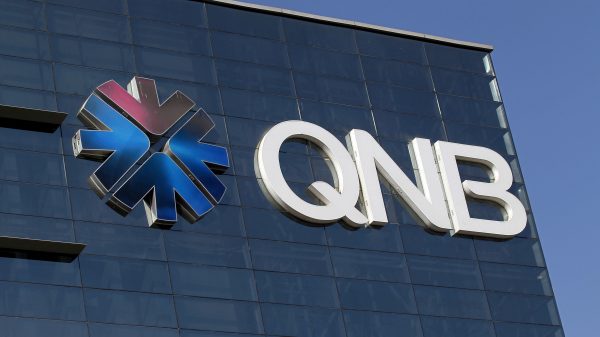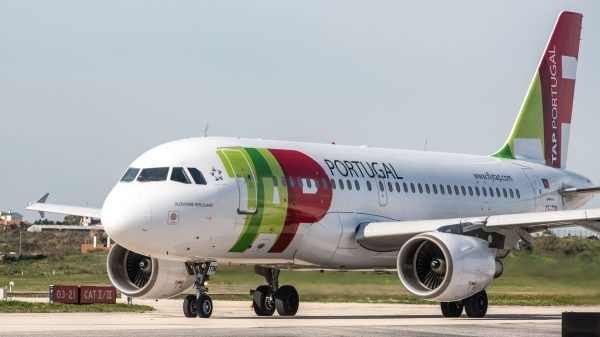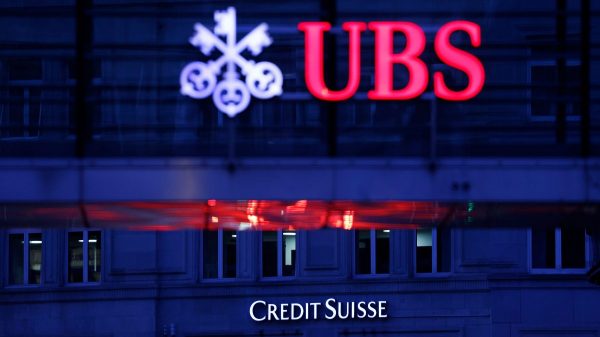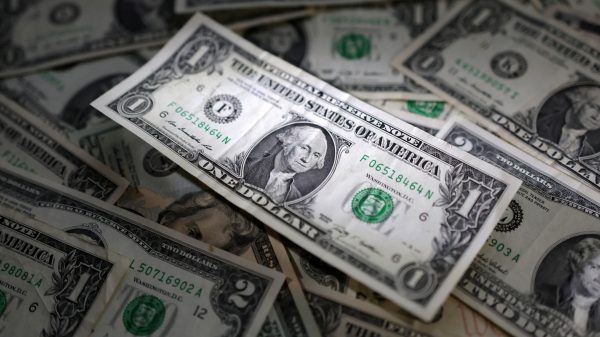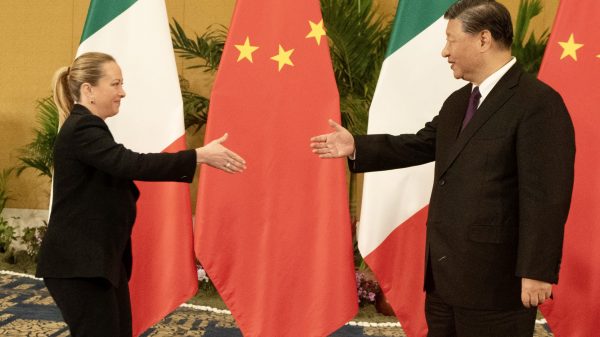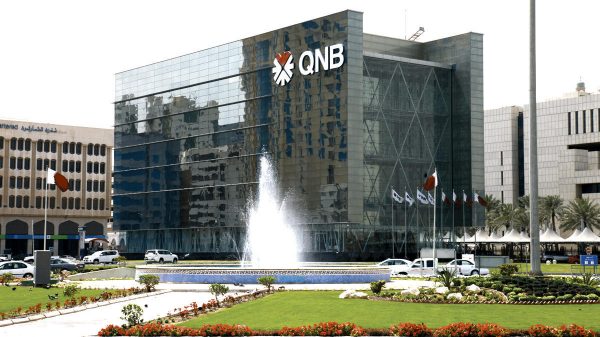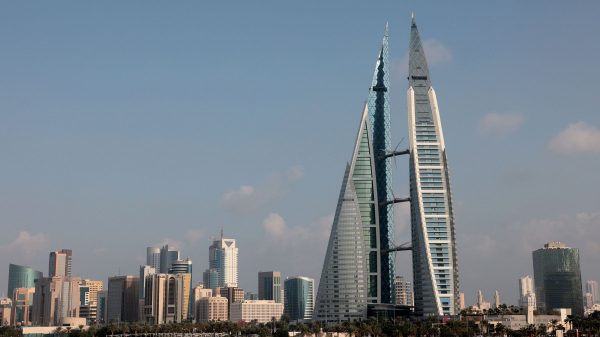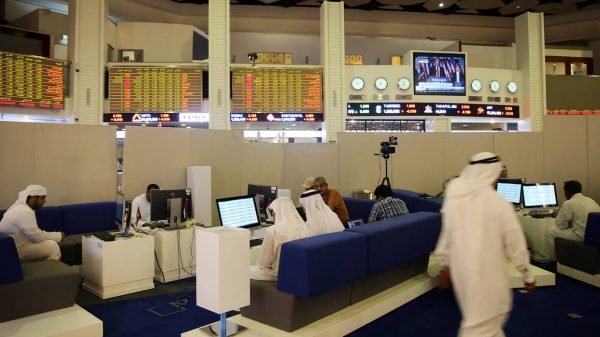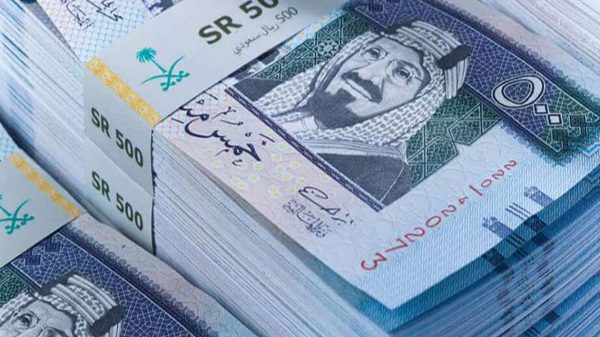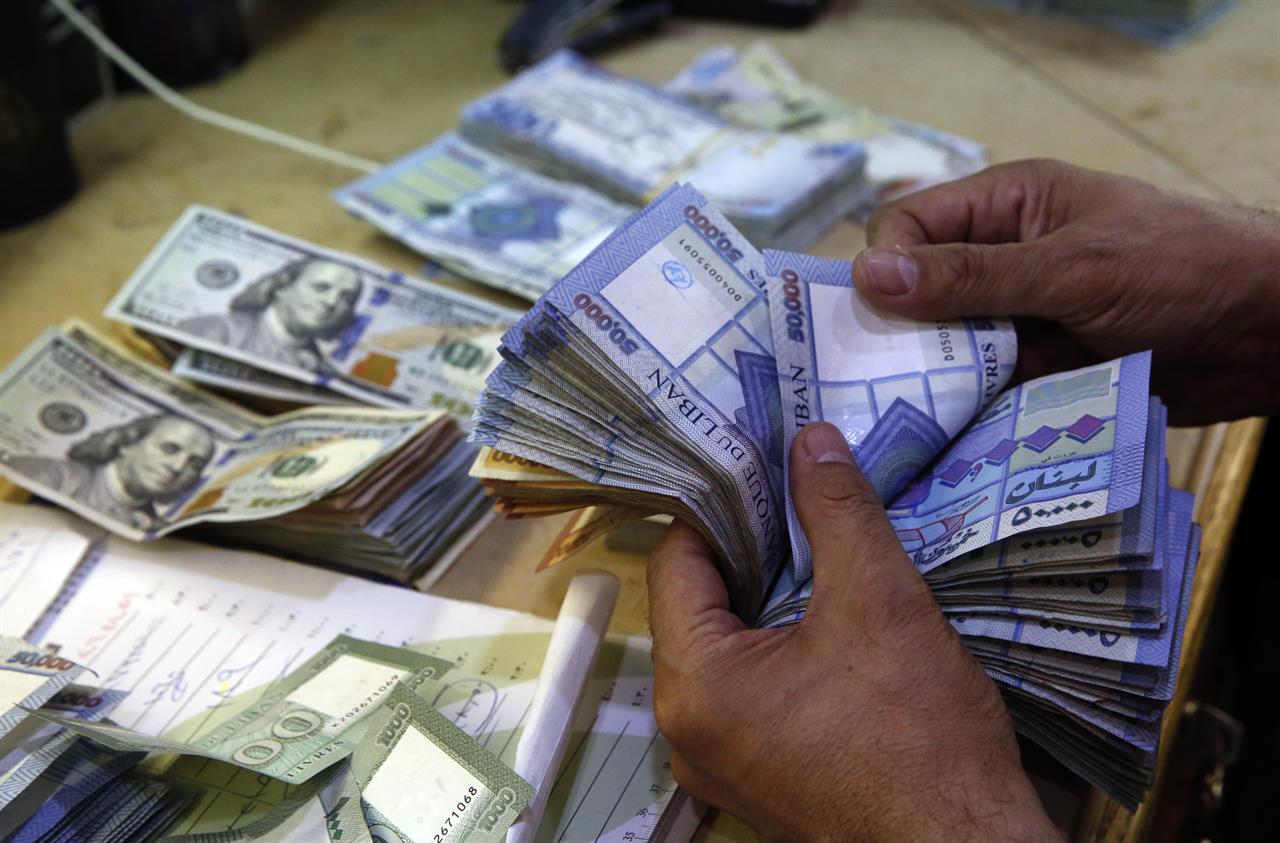The Lebanese public debt has reached record levels within a year, in light of the state of confusion that Lebanon is going through in addition to the high levels of poverty and unemployment.
The Association of Banks in Lebanon (ABL) said that the Lebanese public debt rose to $95.94 billion by the end of last January.
According to ABL the public debt increased by $342.95 million during of January alone. The total public debt at the end of last January was $95.94 billion.
Lebanese public debt
On an annual basis, the public debt increased by $3.94 billion, knowing that it reached $92 billion in January 2020. The share of the banking sector decreased slightly to 22% in the first month of this year, compared to 22.03% last December.
According to the weekly financial report issued by Credit Libanais, the balance of debt in Lebanese lira increased by 0.25% on a monthly basis and by 2.83% year-on-year, reaching $59.69 billion.
While foreign currency debts increased 0.54% on a monthly basis, and 6.76% within a year, to $36.24 billion, the share of the debt in lira in the total debt decreased from 62.26% in December 2020 to 62.22% last January.
The debt in foreign currency increased from 37.74% to 37.78% during the same period.
In the same context, net public debt increased by 5.61% year-on-year to $86.32 billion, up from $81.74 billion in January 2020.
Data issued by the International Monetary Fund (IMF) showed that the Lebanese economy recorded an economic contraction during 2020 by 25.9% for the second year in a row. This is the third worst performance in the world after Venezuela and Libya.
The real GDP contraction in Lebanon came at this rate, contrary to expectations that indicated a contraction of 17.8% in the September survey of last year, according to Bloomberg.
During 2019, the Lebanese economy recorded a contraction of 7.2%, while estimates indicated a contraction in the year 2021, ranging between (20.6 to 35%), and a decline in the real GDP in Lebanon between (25 to 27.2%).



